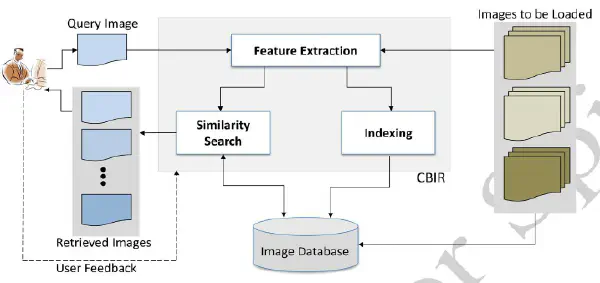
In the realm of image retrieval systems, the visual quality of images plays a pivotal role in the effectiveness of the entire process. One key aspect that significantly influences the visual appeal and information retrieval capabilities of images is contrast. Image contrast enhancement, therefore, becomes a crucial step in optimizing image retrieval systems.
Understanding Image Retrieval Systems
An image retrieval system is a powerful tool designed for browsing, searching, and retrieving images from extensive databases of digital images. These systems utilize various techniques to analyze and compare images, helping users find relevant visual content efficiently.
The Role of Image Contrast
Contrast in an image refers to the difference in intensity between the brightest and darkest parts of the image. Adequate contrast is essential for making images visually appealing and for ensuring that important details are easily distinguishable. In the context of image retrieval systems, enhancing contrast becomes a means of improving the overall quality of images within the database.
Challenges in Image Contrast
Several factors can affect the contrast of digital images, including variations in lighting conditions, image acquisition devices, and inherent properties of the images themselves. Without proper contrast enhancement, images may suffer from poor visibility, making it challenging for users to identify and retrieve relevant content.
Image Contrast Enhancement Techniques
1. Histogram Equalization
Histogram equalization is a widely used technique that redistributes the intensity levels of an image to cover the entire dynamic range. This method is effective in enhancing the overall contrast of an image, bringing out details that might be lost in poorly lit or overexposed areas.
2. Contrast Limited Adaptive Histogram Equalization (CLAHE)
CLAHE is an extension of histogram equalization that prevents over-amplification of noise in local regions. This adaptive approach ensures that contrast enhancement is applied selectively to specific parts of the image, maintaining a balance between enhancing details and avoiding artifacts.
3. Gamma Correction
Gamma correction adjusts the brightness and contrast of an image by applying a nonlinear mapping function. It is particularly useful for compensating for variations in display devices and lighting conditions.
Implementing Contrast Enhancement in Image Retrieval Systems
Integrating contrast enhancement techniques into image retrieval systems requires careful consideration of the system architecture and user requirements. Real-time processing capabilities and computational efficiency are essential aspects to ensure a seamless user experience.
Conclusion 🏁
In the dynamic landscape of image retrieval systems, optimizing the visual quality of images is paramount. Image contrast enhancement emerges as a key strategy to improve the effectiveness of these systems, facilitating efficient image browsing, searching, and retrieval. By incorporating advanced contrast enhancement techniques, image retrieval systems can provide users with a more satisfying and productive experience.